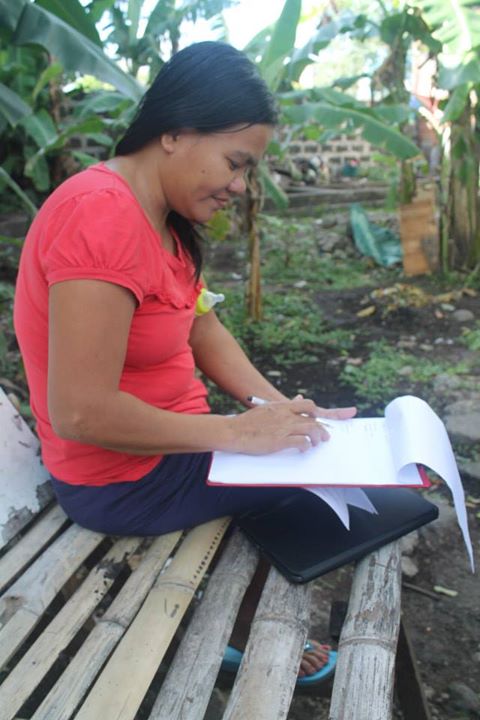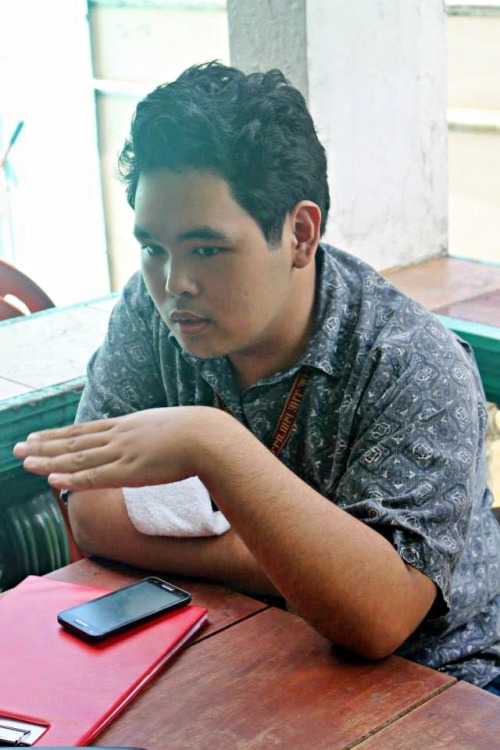Part of the requirement in one of my major subject is to conduct a case study about relevant issues that we are facing today. Though it is not a dashing case study. In fact, our professor limits the pages into the 10 maximum pages. Since I know that it will not be sufficient in presenting my case I approached him and ask if I can exceed. His glorious face shines like a meteor and said, yes!
The Genesis
It was the eve of Valentine’s Day when two columns from Philippine Star sprawled throughout the Metropolis and cyberspace. These columns were written by Bobit Avila and Luis Teodoro criticizing the government particularly the Department of Social Welfare and Development (DSWD) for failing to (1) rigorously monitor the CCT program and (2) allegation of possible corruption. The synthesis and their line of argument is based on the latest Social Weather Station Survey propounding that the 27.5% unemployment rate remain unchanged since 2006. The Logic guess like this, that base on the statistics the unchanged unemployment rate from 2006 to 2013 is a sign of failure of the Conditional Cash Transfer Program whereby billions of pesos were supposedly given to the poorest of the poor to alleviate their plight. On my personal judgement, maybe they have a point on some part… but measuring the success or failure of a national program by mere unchanged unemployment rate is not just weak but also an ambitious proposition.
I considered some of their criticism against the conditional cash transfer which i find sound like their criticism on the programs efficiency and effectiveness in achieving its objectives among others which falls into these two standpoints:
First, the Avila’s supposition from the line of his writing that there exist a chance of beneficiaries’ total dependence to the state as the conditional cash transfer program cuddle them to develop their sense of reliance and dependence rather than plodding to strive by their own efforts. This I think is a query on the effectiveness of the program. This assertion is a shebang. It opens a virgin territory of study on how value play an important part on seeking the behavior of the beneficiaries on the context of spending the financial assistance they are receiving from CCT.
The second standpoint goes from Teodoro’s skepticism and concern on sustainability which is a query on efficiency. Taking my thesis that for a program to be efficient, it must be sustainable, I chose to a play with sustainability issue rather than delving into a-posteriori examination of the funds perceived predestined road to corruption by settling the focus on sustainability concern where I strive to examine the initiative of the local government specifically the barangay on how they keep an “active” participation and “involvement” on the implementation of the program.
I started my case study by posting two questions:
-
How extent does the conditional cash transfer program affects the Filipino values?
-
Taking the local government experience with the conditional cash transfer program, what are the initiative of the barangay to ensure a proactive involvement?










